‘The Vote is of the People’ - 15 minutes read
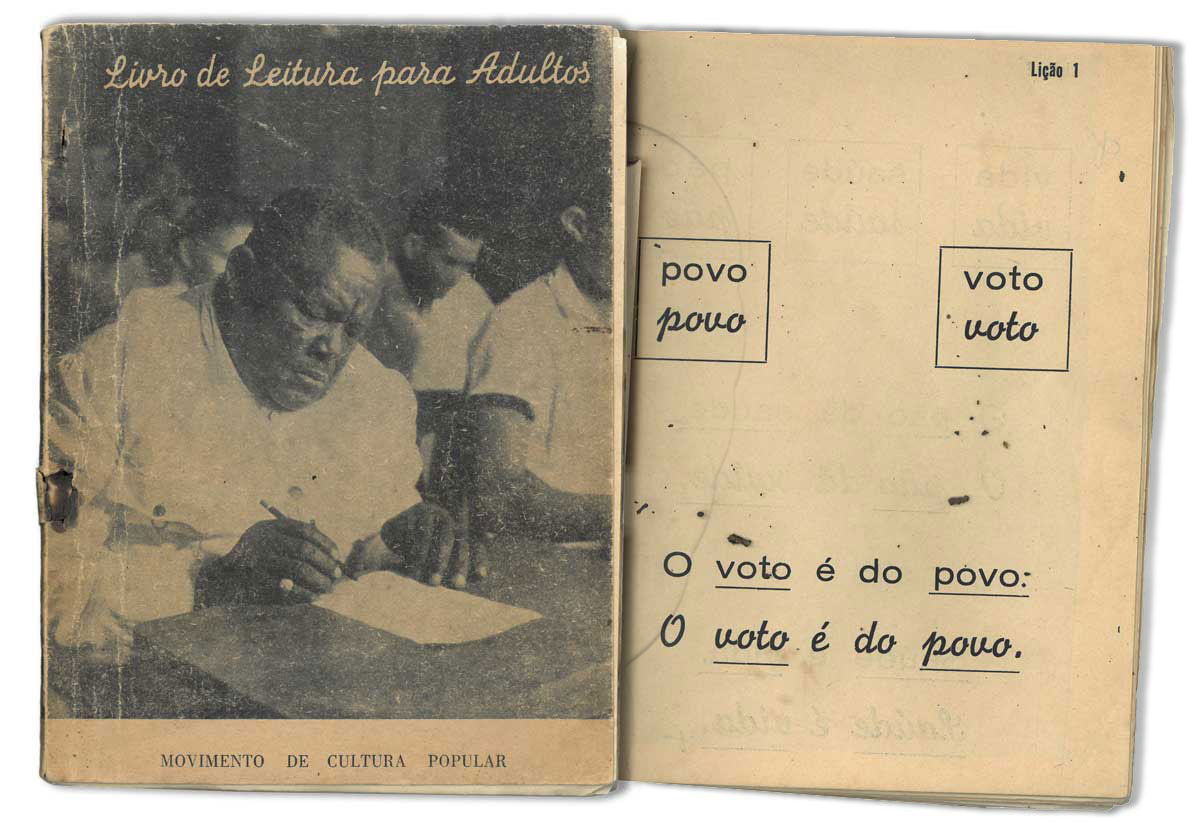
In 1960 Norma Porto Carreiro and Germano Coelho – a couple from the northeastern state of Pernambuco – created a social movement designed to teach Brazil’s poorest people to read. The Popular Culture Movement (Movimento de Cultura Popular, or MCP) would open schools for adults and children, develop activities to preserve culture, spearhead literacy and political awareness campaigns throughout the region and train groups in other states, regions and countries to replicate their success. The MCP would change Brazil – and then the developing world.
The first lesson in their literacy primer, the Livro de leitura para Adultos, revealed the MCP’s goals. It showcased just two words, ‘vote’ (voto) and ‘people’ (povo), and then put them together into a simple sentence: ‘The vote is of the people’ (‘O voto é do povo’). Stated as an affirmation, the lesson was really an aspiration. In 1960s Brazil the vote was by no means ‘of the people’. Voting in the country was restricted to the literate and would remain that way until 1988.
Excluding the illiterate from voting reduced the political power of the poor in Brazil, but was especially effective in the northeastern region of the country, where the MCP operated. Brazil is divided into five regions: North, Northeast, Central-West, Southeast and South. The Northeast became a distinct region due to its recurrent droughts, famines, outward migration and poverty, but also because of its vibrant culture and social movements. All of its nine states were among the top ten most illiterate states in Brazil in 1960; 59.7 per cent of the northeastern adult population could not read and write.
The region also had the lowest life expectancy at birth in the country (43.51 years) and the highest infant mortality rates (154.94 deaths per 1,000 live births). High rates of illiteracy and limited access to education kept most working-class northeasterners out of the voting booth. The poorest people in the poorest region were disenfranchised, incapable of improving their situation via the ballot box.

It was not until the 1988 Constitution, enacted at the end of a military dictatorship that had made a farce of democracy in Brazil for over two decades, that all adult Brazilians, regardless of income or literacy, could vote. This constitution opened the door for the poor, particularly from the Northeast, to vote for one of their own: Luiz Inácio da Silva, popularly known as Lula. Lula is a northeasterner, born in 1945 to a poor family in Caetés, a rural town in Pernambuco. After two consecutive terms as president (2003-10), an extended break from the executive office and a stint in federal prison for corruption charges that have since been dropped (2018-19), Lula sought to be elected for a third presidential term in 2022. That someone like Lula could run for president, and even win, is remarkable. This year’s election highlights that the history of Brazilian democracy is the history of who gets to vote, who does not and when and how the vote is respected.
Brazilian democracy
In 1500 the Portuguese arrived in what is now Brazil to find a land populated by millions of nomadic or semi-nomadic people. (How many millions is a matter of debate.) The Europeans quickly began to extract resources, employing strategies they had learned along the western coast of Africa. By the end of the 17th century Brazil had become the greatest importer of captive Africans, relying on forced labour to harvest sugar cane, coffee and cotton and, later, to mine precious metals and stones. With the Napoleonic invasion of the Iberian Peninsula, the seat of the Portuguese monarchy moved to Rio de Janeiro in 1807 and within 15 years the prince regent, Pedro I, declared independence from his father, creating an independent Brazilian Empire.
In 1850 the empire prohibited Brazilian participation in the transatlantic slave trade and in 1888 Pedro’s granddaughter, Princess Isabel, signed the abolition decree, making Brazil the last nation in the western hemisphere to end slavery. The institution was so embedded in every facet of Brazilian society that its undoing also dismantled the political structure. Within a year the empire was overthrown and a republic proclaimed.
The first elections under the Portuguese were held in 1532. Throughout the colonial period and beyond voting was restricted by income. On the cusp of independence, in 1821 free Brazilian men voted in national elections for the first time, electing 72 representatives to the Portuguese Court. In 1824 the first electoral legislation was enacted in the new Brazilian Empire. It allowed the possibility to vote by proxy, leading to a period of heightened electoral fraud. The subsequent Saraiva Law of 1882 limited the electorate, ended voting by proxy and set an extensive series of requirements for registering to vote. Among these was the ability to read and write, proven by the writing of one’s name, witnessed by a notary. With the proclamation of the republic in 1889 Brazil gained a new constitution and new electoral law. While income limits were removed, the exclusion of the illiterate continued. Women, soldiers, the clergy, indigenous people and minors under the age of 21 were also prohibited from voting.
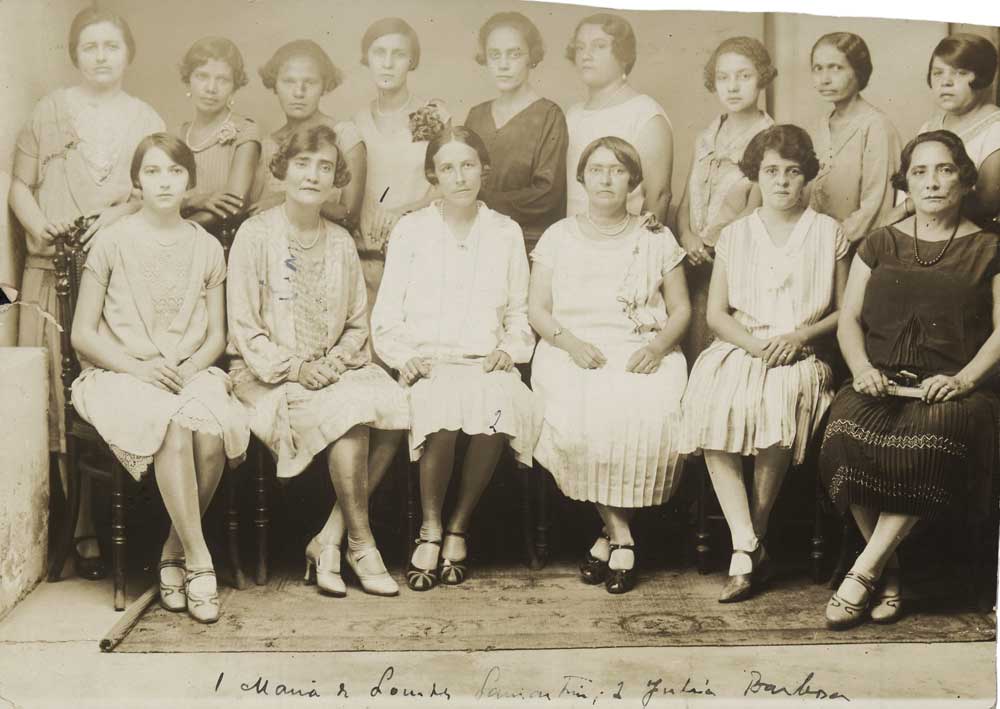
In 1932, after much campaigning by organisations like the Brazilian Federation for the Advancement of Women (Federação Brasileira pelo Progresso Feminino), led by the Swiss-Brazilian Bertha Lutz, literate women finally won the right to vote, doing so in federal elections for the first time in 1935. They got to vote just once before, in 1937, the interim president, Getúlio Vargas, put in place a dictatorship that would shut elections down until 1945.
The Popular Culture Movement
Carreiro and Coelho’s social movement, the MCP, intended to address the disenfranchisement of the poor through the expansion of literacy. The couple found inspiration for their movement while studying in France, where they participated in a movement called Peuple et Culture, a legacy of the French Resistance. Its founders believed that education was the foundation of a resilient culture, capable of defending democracy and the nation. The MCP’s first ten primary schools opened on 1 May 1960. By September 1962 the MCP had established 201 schools with 19,646 students and 452 teachers. When it was closed in 1964, the MCP had 414 schools that served 30,405 students (27,703 children and 2,702 teenagers), not including adults. It was a huge increase in urban (though not rural) schooling; in 1958 Pernambuco had had 1,539,191 children aged five to 19 and only 5,294 public schools to serve them.
In 1962 the MCP expanded its programme to include literacy education for adults. Coelho signed an agreement with the Ministry of Education and Culture, which in turn provided primers for the MCP to use in its adult education courses. But, focused on savings accounts and annual house maintenance, the government’s literacy primers did not align with the experiences of the northeastern poor. Carreiro, armed with her pedagogical training from the Sorbonne, created the new primer with the educator Josina Godoy.
The primer aimed to teach reading and writing skills but also the vocabulary of social struggle. Each lesson featured ‘key words’ (palavras-chave), intended to instigate social conversations while also presenting new syllabic formations, adding up to all 58 sounds that the student needed to obtain literacy in Portuguese.
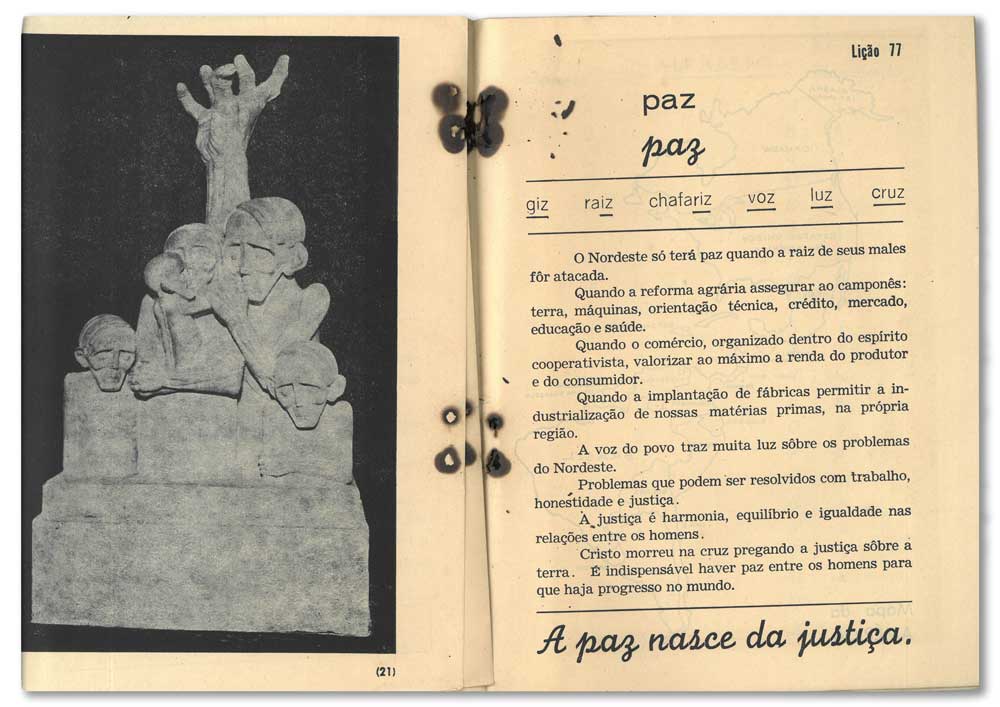
The first lesson teaches students to read their first sentence: ‘The vote is of the people.’ The final lesson, the 77th, is longer. Filling a page, it demonstrates the progress the students have made in the 75 lessons between first and last:
The Northeast will only have peace when the root of its illness is attacked. When agrarian reform assures the peasant: land, machines, technical advice, credit, market, education and health. When commerce, organised within a cooperative spirit, values to the utmost the income of the producer and of the consumer. When the installation of factories permits the industrialisation of our raw materials in our own region. The voice of the people brings a lot of light to the problems of the Northeast. Problems that can be resolved with work, honesty and justice. Justice is harmony, equilibrium, and equality in relations between men. Christ died on the cross preaching justice on earth. It is indispensable to have peace between men in order to have progress in the world.
It ends in large script: ‘Peace is born of justice.’
The MCP used this new primer in its radio literacy classes. Carreiro and Godoy coordinated these classes, which were broadcast by the Radio Club of Pernambuco. Monitors, usually university students, then discussed the transmissions with students. It is estimated that the radio literacy programme, supported by Carreiro and Godoy’s primer, reached 30,000 adult students.
Cultural circles
While Carreiro and Godoy developed their primer, the educator Paulo Freire (by now world famous and a founding member of the MCP) developed a different teaching method based on what he called ‘cultural circles’. The objective of Freire’s method was for students to gain literacy alongside social and political awareness by discussing the problems particular to their locality. In Freire’s method coordinators interviewed potential students based on a questionnaire. They asked for demographic details (age, profession, housing situation) but also asked questions about their beliefs to gauge critical thinking. During the conversation a moderator took note of the words used, particularly those that seemed to carry an emotional charge. From these notes they selected generative words (palavras geradoras) that, once broken down into syllables and syllabic families, would generate more words.
In the first session students considered images designed by the Recife artist Francisco Brennand. Contemplation of these images would lead to a discussion of the distinction between nature and culture. This initial session emphasised that participants in the cultural circles created the culture around them. Future sessions also began with a group discussion of a projected image. For example, the image of a brick might bring about a discussion of construction, types of houses and labour. They then visualised a generative word, such as ‘tile’ or ‘tijolo’. Next, they saw the word broken into syllables along with the phonetic family of each syllable (ta, te, ti, to, tu; ja, je, ji, jo, ju; la, le, li, lo, lu) and formed new words from the phonetic family (lata, tela, etc.). Students in cultural circles using Freire’s method took longer to achieve literacy than did those enrolled in Carreiro and Godoy’s programme, but Freire’s method was both locally relevant and extremely portable.
The MCP’s literacy programmes began to stir up reaction. In 1962, during Miguel Arraes’ bid to become governor of Pernambuco, his opposition began to run negative campaigns against the MCP, including the accusation that, while the MCP continued to receive funding, the schools did not exist. The MCP responded by publishing a list of its schools and teachers in newspapers, inviting the public to visit. At the opposite extreme were claims that no teacher would work for so little pay – just ten cruzeiros per month – leading to accusations that the Soviet Union was supplementing the teacher’s salaries. There were also rumours that Carreiro and Godoy had based their primer on one used in Cuban literacy campaigns. While the MCP was a non-partisan organisation, it came to be associated with other social movements dedicated to uplifting the northeastern poor, including the Peasant Leagues and the Brazilian Communist Party. Identified as a threat from the left, it was targeted by the military coup and did not survive the first day of its rule.
The dictatorship
In March 1964 the Brazilian military carried out a coup that would extinguish democracy in the country for over two decades. The headquarters of the MCP in the Arraial de Bom Jesus, Recife, was attacked by two tanks. Its primers were burned; its library ransacked. Miguel Arraes was arrested and later went into exile. The MCP, the literacy classes and all the hope they carried with them vanished overnight. The working-class Brazilian, not only in Recife, but across the nation, was again left without political recourse.
The coup of 1964 paused direct voting for president, governor, mayor and senator in Brazil. There were moments in which direct voting for federal and state deputies or city councillor took place, but even these elections were limited in terms of the choice of party and intended to direct the vote to the military government. In 1965 political parties were banned and in 1966 a strict bipartisanship was instated, limiting participation in elections to the governmental party, National Renewal Alliance (Arena), or the opposition party, Brazilian Democratic Movement (MDB). While in 1972 the direct vote for senators and mayors was reinstated, Arena stacked the vote with multiple candidates whose votes could then be added together to generate a win. In an even more confusing move, in 1978 the military government opened elections for senators. While each state had three senators, only two could be voted in, one by direct vote and the other elected indirectly by the state legislative bodies. These convoluted changes revealed the military government’s need to create the appearance of democratic processes, while also maintaining political control.
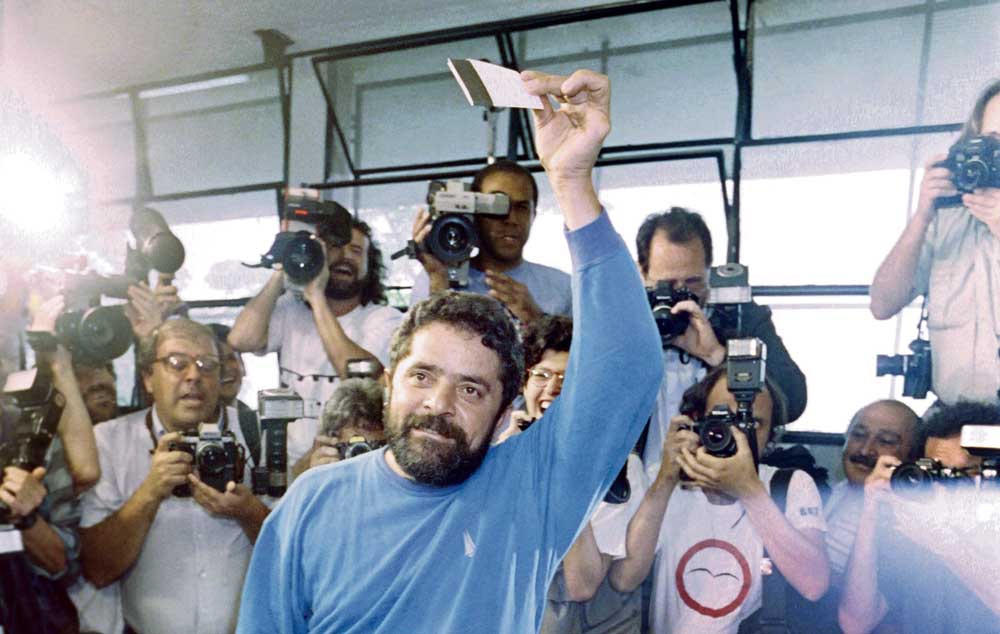
Elections during the military period were also affected by limitations on the right to the full practice of citizenship that came with Institutional Act 5 of 1968. This repressive act removed the right to protest, expanded the government’s ability to arrest without due process and facilitated the removal of political rights for those opposed to the government. It also effectively dissolved the Brazilian parliament. Despite the desire of Brazil’s 38th president, Jair Bolsonaro, to celebrate this period in Brazilian history, it was a dismal time for Brazilian democracy, in which torture, murder (euphemised as ‘disappearance’) and exile were rife.
In 1979 the military government enacted an amnesty law, allowing political exiles to return and protecting torturers from subsequent prosecution. This law led to a period of gradual ‘reopening’ of Brazilian democracy. By 1984 a movement had formed to pressure the government to reinstate direct elections. The immediate response was to appoint a civilian, Tancredo Neves (who died before taking office), to the presidency in 1985 for the first time since the coup in 1964. In the same year a constitutional amendment reinstituted the direct vote for president. This amendment allowed the registration of new (and old) political parties, including the Worker’s Party (Partido dos Trabalhadores), with which Lula would run. A new constitution was ratified in 1988 that guaranteed voting not only as a right, but as an obligation, to all literate citizens 18 and over. For the illiterate and those between 16 and 18 years of age, it was optional. In 1989, for the first time ever, all adult Brazilian citizens had the right to vote in their first direct presidential elections.
Of the people?
As well as being the first election in which the illiterate could vote for their president, it was also the first of many chances that poor Brazilians would have to vote for Lula as presidential candidate. Lula did not win the election in 1989. But, given that he was born to illiterate parents and was himself a migrant from a poor, rural, northeastern family, it was remarkable that he was a leading candidate in the first open presidential election since 1960. Fernando Collor of the National Reconstruction Party won in 1989 and would later become the first president under the new democracy to be convicted of corruption and impeached.
Under Brazil’s 1988 Constitution, the presidency was limited to one term. In a poignant piece of historical irony, the amendment allowing Brazilian presidents to serve more than one term was put in place to prevent Lula from winning an election. To block Lula’s potential election (in his third candidacy), a 16th amendment was added to the constitution in 1997, stipulating that a president can serve two consecutive terms, allowing Fernando Henrique Cardoso to run for and win a second term of office. It is this same amendment that opened the door to Lula’s candidacy in 2022: having already served two consecutive terms, he is now aiming for a non-consecutive third term.
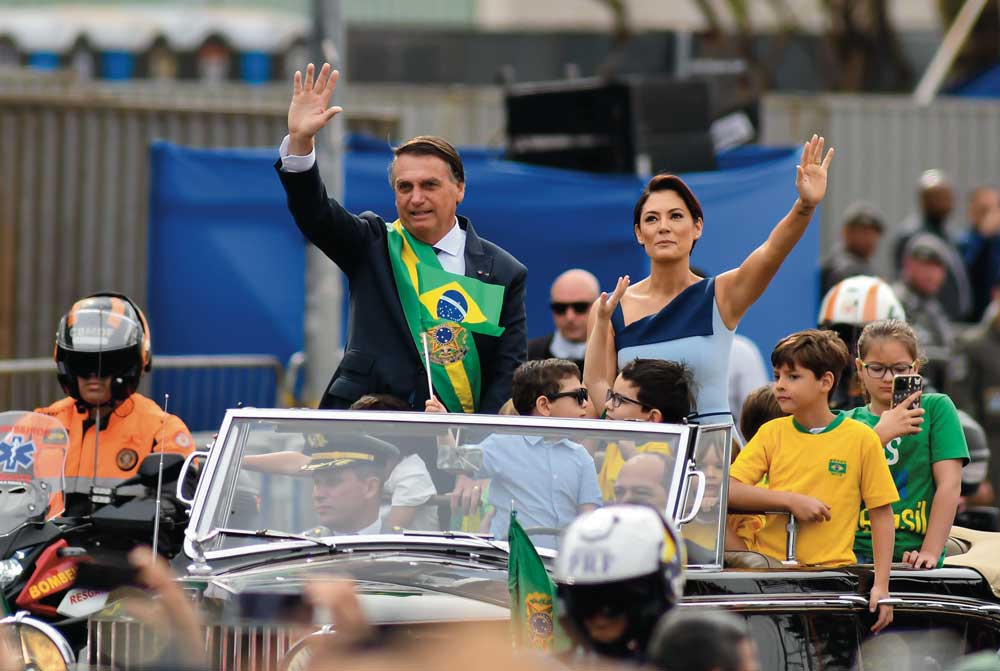
In many ways, Lula rose to power despite a legal apparatus designed not only to keep people like him from voting, but specifically to keep Lula himself out of power. The legislation limiting voting by income was meant to disenfranchise the Lulas of Brazil. The Saraiva Law was directed at people like Lula’s parents. The MCP tried to bring people like Lula and his family to the ballot box. The military dictatorship intended to turn them away from the ballot once again. Nearly all electoral law from 1988 on was meant directly to limit Lula’s access to the executive branch.
But the history of the vote in Brazil is greater than one person. The full expression of respect for the expansion of the vote to the poorest in Brazil requires respecting their wishes as reflected by the ballot box (or, rather, the electronic urn). Regardless of who wins this year’s election, millions of working-class Brazilians will cast their unlikely votes this year and will continue to make history.
Courtney J. Campbell is the author of Region Out of Place: The Brazilian Northeast and the World (1924-1968) (University of Pittsburgh Press, 2022).
Source: History Today Feed